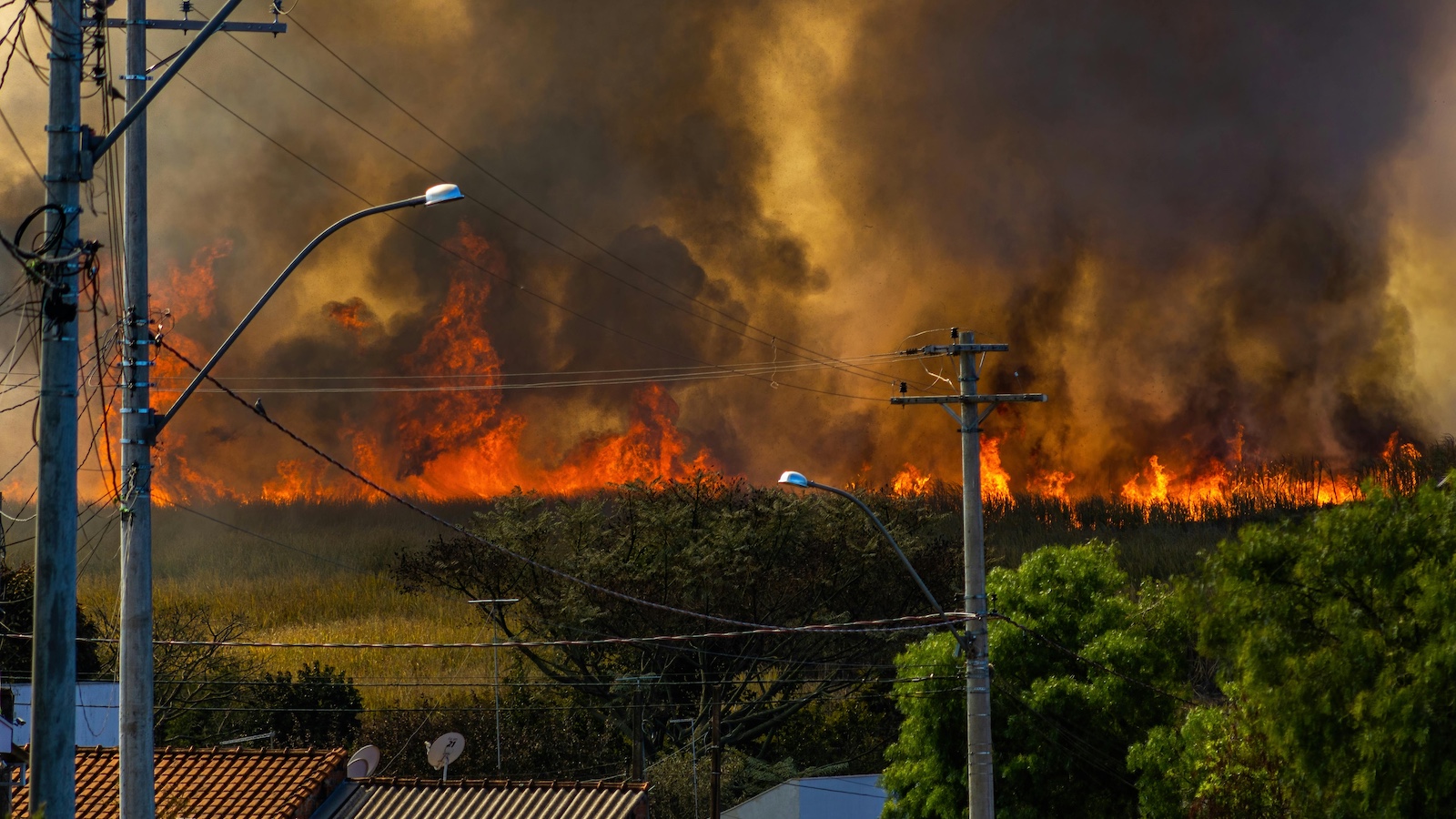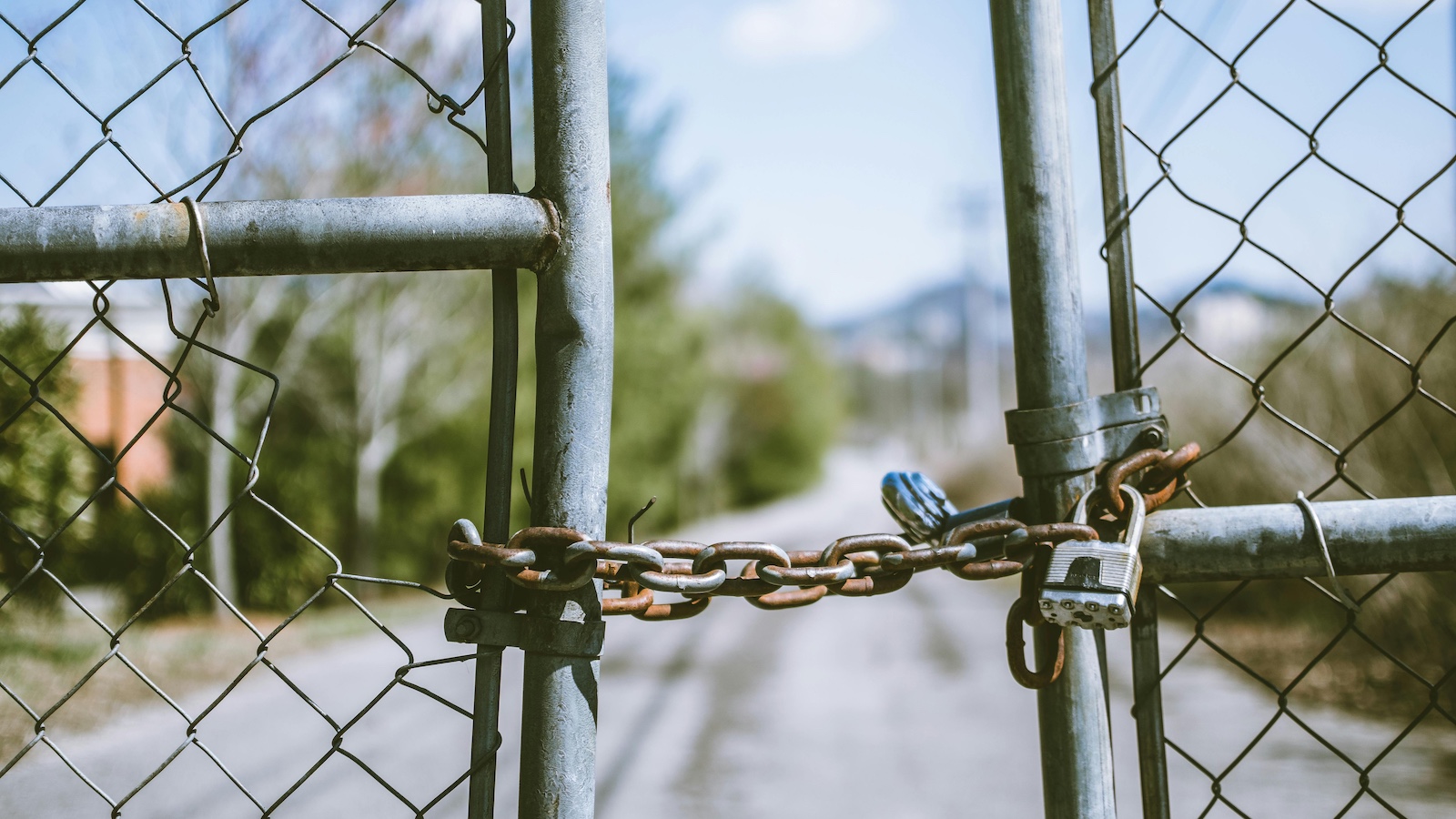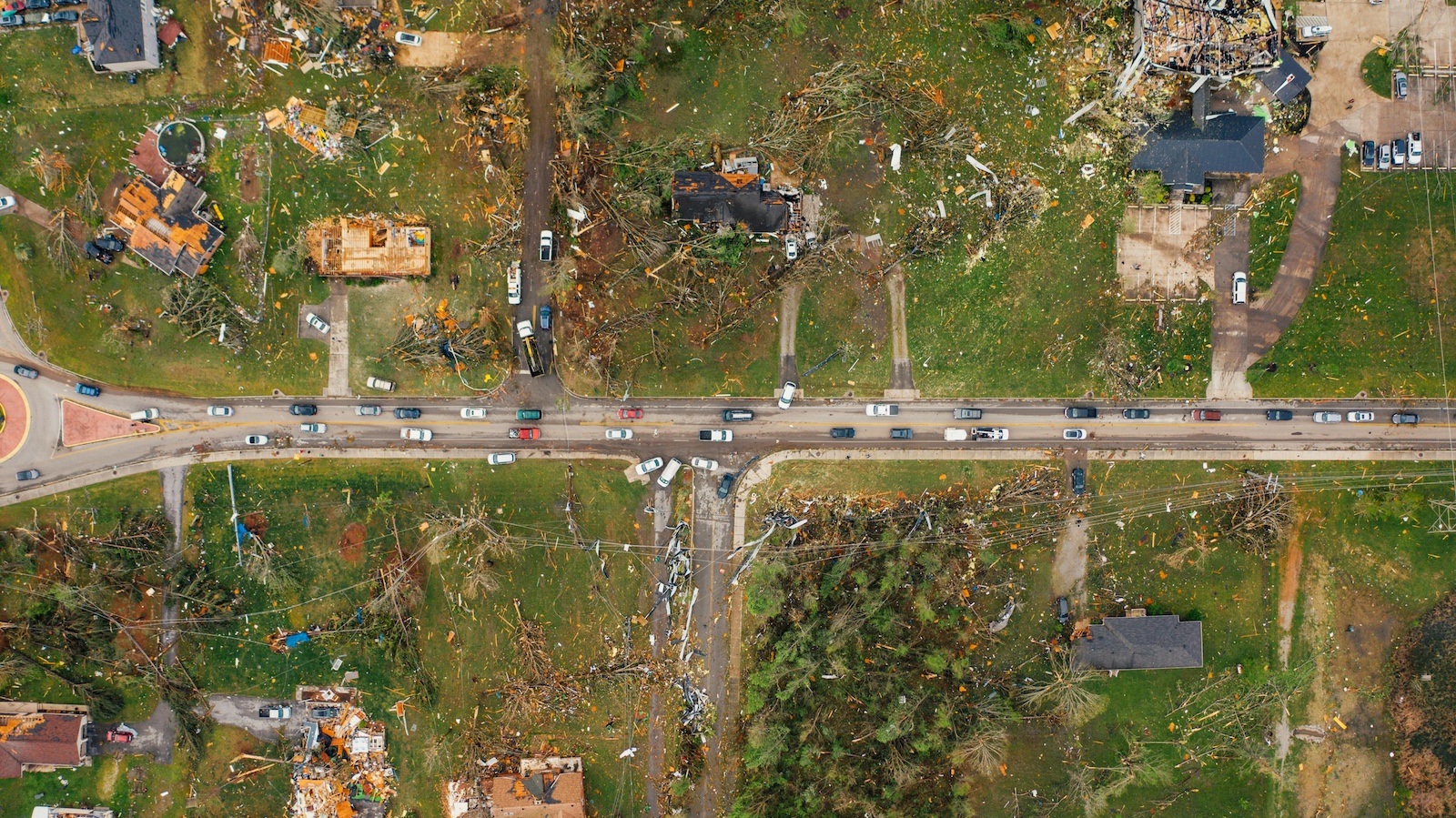Heavy rains are forecast for Northern California this week, which may finally extinguish the vicious and deadly Camp Fire, but our friends in SoCal may not find relief just yet, and those caught up in the fire about 80 miles north of me still have to deal with unprecedented devastation. The latest grim numbers just from the NorCal fire: 77 confirmed dead, nearly 1,000 unaccounted for and almost 13,000 structures destroyed as 150,000 acres burned.
What to do?
Can we somehow mitigate these wildfires, or are we doomed to endure them?
There is plenty of reason for pessimism, a bit for optimism and a lot more for hope because of the intelligence that can be provided by the disciplines of risk management and insurance.
The pessimism comes because there's no end in sight for climate change. California, and other states and countries, will continue to dry out, providing more and more tinder for massive fires. Changing weather patterns may also mean that, as in California this year, rain comes too late in the season to damp the danger of fires and that the winds that arrive with winter can fan the flames to fatal degrees.
The optimism starts because we're learning about what causes massive fires. We're no longer trying to so hard to stop all fires, understanding that limited, localized fires can prevent out-of-control fires later. This doesn't mean raking the floor of California's 30 million acres of forest, as our president oddly suggested, but forest management can be done better, and it seems that it will be.
The optimism continues because of the role that risk management and insurance can play. The recent California fires didn't occur somewhere in the deep, dark forest. They started in areas where civilization and forest converge, where people have chosen to build despite the possibility of wildfires. Better identification and pricing of those fire risks, updated for our understanding of the growing effects of climate change, will help homeowners see a more accurate cost of risk reflected in their insurance premiums and incent them to take steps to minimize the hazard or choose to live elsewhere. Better risk analysis will also help governmental authorities see where they need to improve evacuation plans and perhaps take other actions that would mitigate catastrophic losses.
Better risk management and higher premiums isn't a panacea. I've been to Paradise, the town that was engulfed in the Camp Fire, and it was such a lovely little place set in hills in the forest that it never would have lent itself to a mass, efficient evacuation. But we can do an awful lot better if we send the right economic signals, and that's something that risk management and insurance professionals are exactly the right people to send.
Have a great Thanksgiving—and please keep those affected by the fires in your thoughts and prayers.
Paul Carroll
Editor-in-Chief








